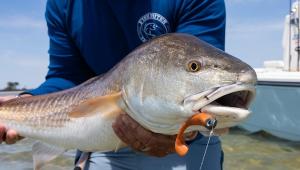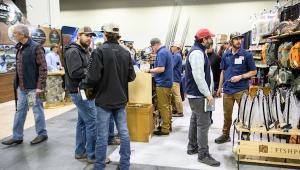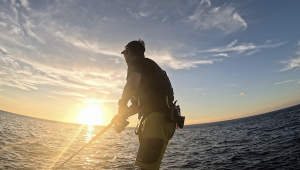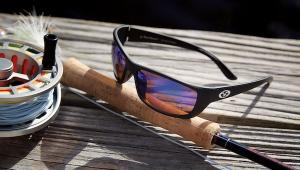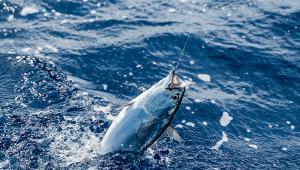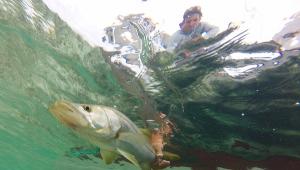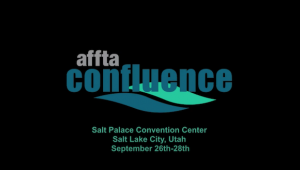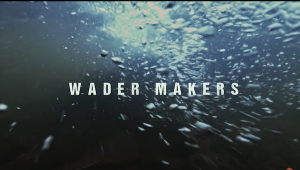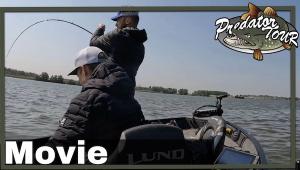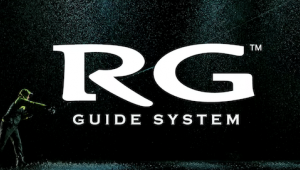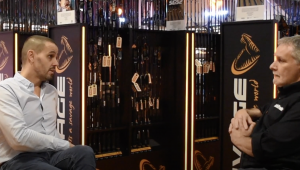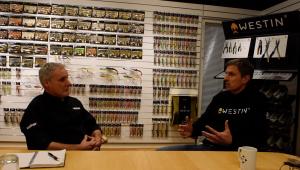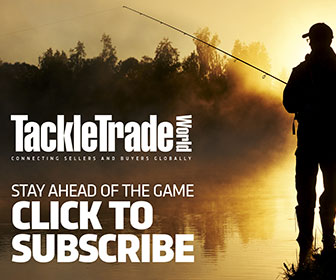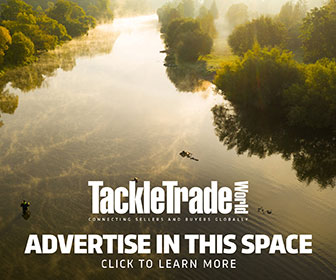Keeping the multi-billion-dollar US tackle trade afloat
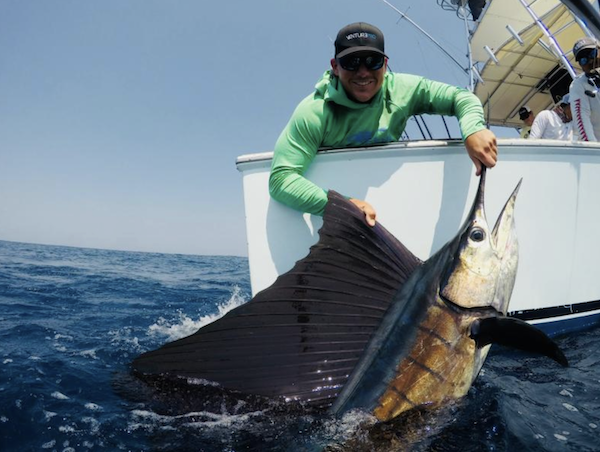
The United States has the largest and most diverse recreational fisheries in the world, worth billions of dollars and almost half a million jobs in the saltwater angling sector. NOAA Fisheries is key to its continued success.
Each year, millions of saltwater anglers contribute tens of billions of dollars to the American economy while supporting nearly 500,000 jobs.
Saltwater recreational fishing is an economic powerhouse and engaging with anglers remains a top priority for NOAA Fisheries (officially the National Marine Fisheries Service), which is the US’ federal agency responsible for the stewardship of national marine resources.
It works with fishermen, states, and many other partners to safeguard and promote public access to healthy and sustainable saltwater fish stocks.
While 2021 continued to challenge all of us in unexpected ways, it remained committed to achieving and promoting access to sustainable recreational fisheries.
Recreational Fishing Initiative
To remain engaged with anglers and on the issues important them, the NOAA team ramped up virtual engagement in 2021. It co-hosted a series of virtual roundtable discussions with NOAA Fisheries regional staff to gather input for the upcoming 2022 Recreational Summit and stay abreast of important local issues.
It also released its first-ever video series, featuring five informative and educational recreational fisheries videos from around the country.
It continued its collaboration with numerous private and public sector entities (such as the Recreational Boating and Fishing Foundation and the Department of Interior) and it celebrated National Fishing and Boating Week, with exciting new content helping to reach a record number of prospective anglers.
In addition, it strengthened its partnership with Bonnier Corporation, the nation’s leading publisher of fishing and outdoor magazines, by co-hosting the 2021 National Recreational Fishing Photo Contest.
There was a huge amount of work done across the regions. Some of the highlights include:
Alaska
Recreational fishing coordinators from the Alaska Region evaluated mechanisms that could provide funding for the Recreational Quota Entity.
They worked closely with regional stakeholders, the North Pacific Fishery Management Council, and other NOAA Fisheries staff. The RQE is a non-profit organisation authorised to purchase commercial halibut quota shares from willing sellers in the commercial halibut sector.
The purchased quota would then augment the existing amount of halibut currently allocated to the halibut charter fishing sector. The Alaska Regional Office produced an informative video providing marine mammal guidance for Alaskan anglers.
Greater Atlantic
NOAA Fisheries successfully partnered with the Hispanic Access Foundation, NOAA’s Stellwagen Bank National Marine Sanctuary and the Massachusetts Division of Marine Fisheries.
In June, it joined with the Mayor of Lawrence, Massachusetts, for a bilingual virtual family fishing event. Stellwagen staff provided information on the connectivity of the Sanctuary with the Caribbean with a fun quiz game, while DMF staff taught families how to fish and the importance of being responsible anglers.
NOAA provided participating families with fishing kits so they could put these techniques to the test. The Regional Office and Northeast Fisheries Science Center also produced a video highlighting how anglers can help ensure the health of cod and haddock.
West Coast
NOAA Fisheries’ West Coast staff continued to engage anglers despite operating in the virtual environment. The West Coast hosted four recreational fisheries roundtables. One was focused on identifying habitat priorities within the Eel River watershed, and a second focused on priorities in the Puget Sound watershed. Additionally, the West Coast region:
- Co-hosted sustainable recreational fishing presentations in support of community-organised youth fishing trips
- Created and distributed a new catch and release best practices guide through social media channels
- Engaged anglers on the latest happenings of West Coast fisheries via regular email updates
Southeast
With partners, the Southeast Regional Office launched the ‘Return ’Em Right’ campaign. This angler-driven initiative will tackle release mortality from barotrauma in Gulf reef fish.
The program offers Gulf of Mexico anglers an opportunity to sharpen their release skills when targeting reef fish like groupers and snappers. In return, anglers will receive free release gear to use on the water.
NOAA Fisheries, the Gulf of Mexico and South Atlantic Fisheries Management Councils, and other partners launched the South East For-hire integrated Electronic Reporting system, which provides more accurate and reliable fisheries information about for-hire catch, effort, and discards in the Gulf and South Atlantic.
Fishermen directly improve data collection that is critical to population assessments and better fisheries management.
Pacific Islands
NOAA Fisheries’ Pacific Islands Regional Office continued to provide grant opportunities for non-commercial and recreational fishing partners in the region, including Guam, American Samoa, the Northern Mariana Islands and Hawaii.
This year’s awards, totalling more than $125,000, will:
- Support essential non-commercial fishery data collection
- Help perpetuate traditional fishing techniques
- Reduce marine debris
- Promote sustainable recreational fishing, safety, management
The Pacific Islands Regional office collaborated with local fishermen and fishing communities to tell the story of recreational and non-commercial fishing in American Samoa. The video, We Fish! American Samoa, offers a lens into Samoan culture, and gives a glimpse into the different types of fishing methods common in the territory.
Highly Migratory Species
Atlantic Highly Migratory Species worked with both internal and external partners to develop outreach videos meant to educate the angling public about HMS permitting and catch reporting requirements. It developed the Highly Migratory Species: Catch and Release Best Practices and Catch Reporting video, which highlights the agency's mission to manage recreational fisheries.
And it worked with On The Water magazine to develop materials that inform tuna anglers on permitting and reporting requirements.
Habitat Conservation
NOAA Fisheries Office of Habitat Conservation continued its partnership with the Recreational Fisheries Initiative, supporting four new on-the-ground habitat restoration projects, led by anglers in Maryland, Louisiana, Washington and Alaska with grants totalling almost $250,000.
Furthermore, it joined with The Nature Conservancy to launch the Salt Marsh and Seagrass Fish Production Calculator. It quantifies the number and type of fish, shrimp and crabs produced by these important nursery habitats in the Gulf of Mexico.
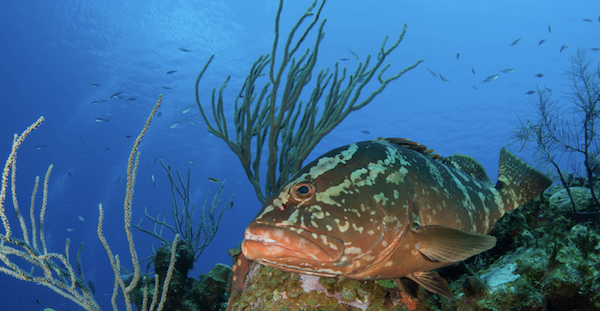
- Log in or register to post comments
